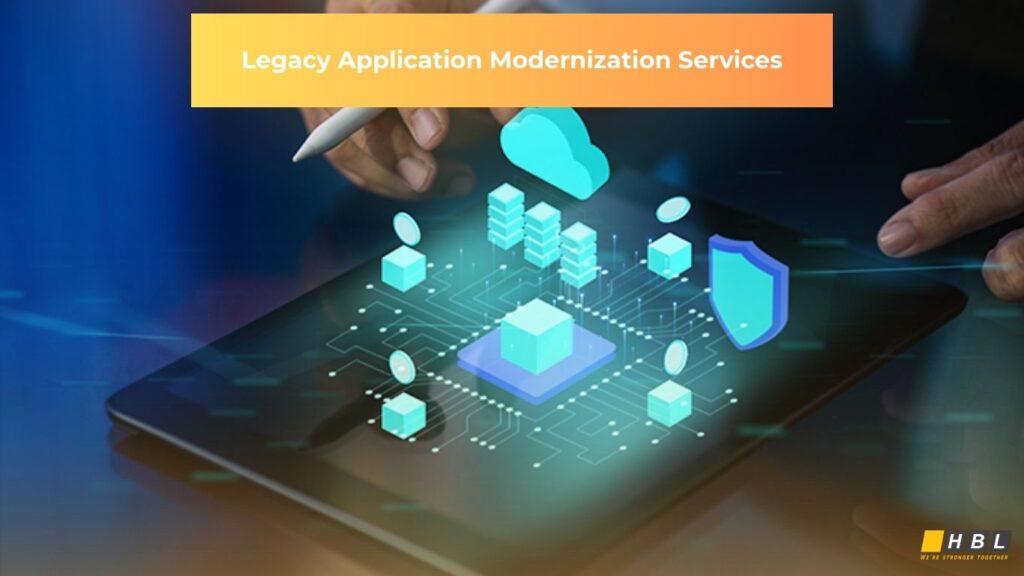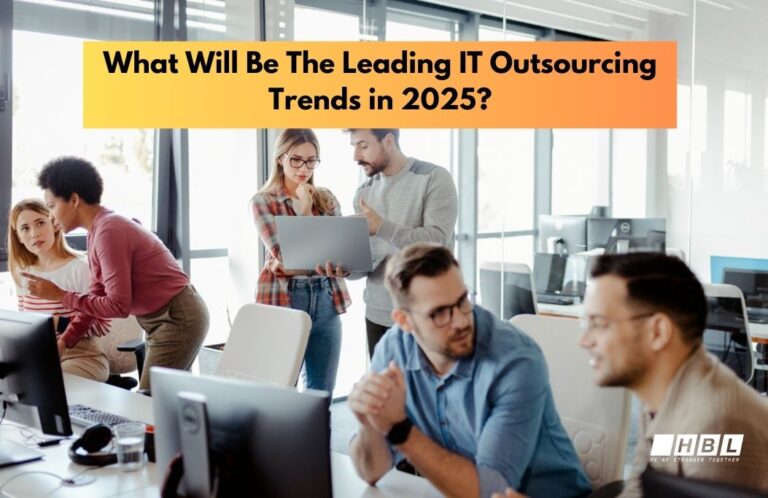Across industries worldwide—banking, insurance, retail, logistics, healthcare, manufacturing—organizations are facing the same challenge: legacy systems are holding back innovation. Outdated technologies are expensive to maintain, insecure, slow, and incompatible with modern architectures.
This is where legacy application modernization services come in.
In 2025, these services have become essential for businesses aiming to stay competitive, reduce operational risk, and accelerate digital transformation.
This guide explains:
- What legacy modernization actually means
- Why enterprises are shifting from legacy to cloud
- The benefits of cloud-based modernization
- Modern Java & microservices migration
- Best practices for legacy system modernization
- How to choose the right modernization partner
- Why companies increasingly outsource modernization to Vietnam
- How technology firms like HBLAB provide scalable, cost-effective modernization services
Let’s explore everything you need to know.
1. What Are Legacy Application Modernization Services?
Legacy application modernization services involve updating, re-architecting, or migrating outdated software systems to modern technologies, cloud platforms, and scalable architectures.
These services cover:
- Legacy system assessment
- Cloud migration
- API development
- UI/UX redesign
- Database modernization
- Code refactoring
- Replatforming to microservices
- Containerization (Docker, Kubernetes)
- Modern Java & .NET modernization
- Security improvements

The goal is to make old systems:
✔ Faster
✔ More secure
✔ Easier to maintain
✔ Cloud-ready
✔ Scalable for growth
2. Why Modernization Matters More Than Ever in 2025
Enterprises in Australia, Singapore, and the U.S. are accelerating modernization due to:
1. High Maintenance Costs
Legacy systems often consume 50–80% of IT budgets.
2. Talent Shortage
Few developers can maintain COBOL, VB6, Oracle Forms, or old Java EE.
3. Security Risks
Unsupported frameworks = severe vulnerability risk.
4. Performance Issues
Legacy apps cannot handle modern workloads.
5. Cloud Mandates
Most organizations now adopt cloud-first strategies.
Legacy systems block automation, AI adoption, and improved UX.
3. Signs Your Legacy System Needs Modernization
Your system may be outdated if:
- Frequent downtime affects business operations
- Development takes too long
- You cannot integrate with modern APIs
- Security patches are unavailable
- Cloud migration is impossible
- UI looks outdated
- Performance issues persist
- Data is siloed and inconsistent
- Maintenance costs keep rising
4. Benefits of Cloud-Based Legacy Application Migration and Modernization
Modernizing legacy to cloud unlocks:
✔ Reduced maintenance cost
Cloud reduces hardware, hosting, and on-premise infrastructure expenses.
✔ Improved reliability & performance
Autoscaling and distributed architecture provide stable uptime.
✔ Enhanced security
Modern encryption, IAM, and compliance support.
✔ Faster development
CI/CD pipelines accelerate release cycles.
✔ Better integration
APIs and microservices communicate easily with third-party apps.
✔ Support for AI, analytics, and automation
Legacy systems cannot handle modern ML workloads or data processing.
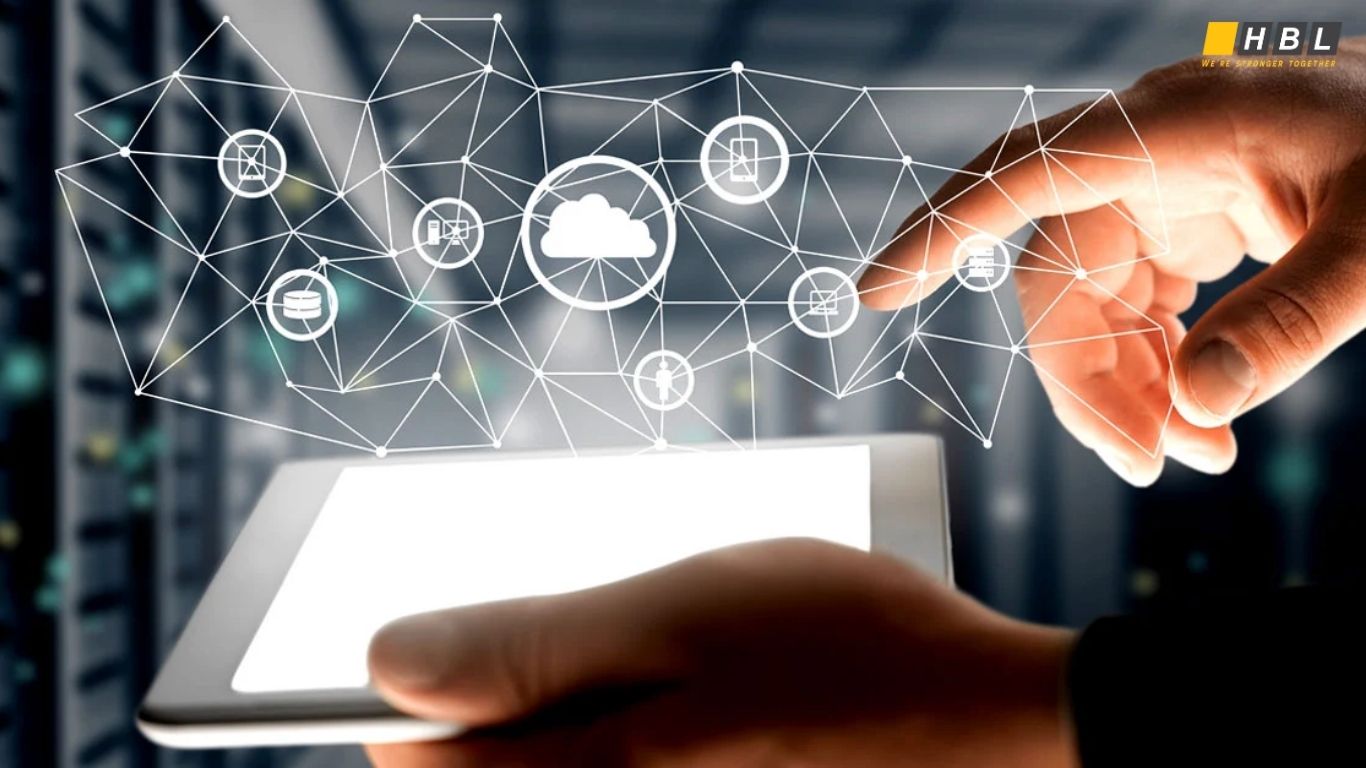
5. Top Approaches for Legacy to Cloud Migration
There are multiple migration models depending on risk, cost, and urgency:
1. Lift-and-Shift (Rehosting)
Move the application to cloud without code changes. Fastest but limited improvement.
2. Replatforming
Small adjustments to benefit from cloud services (databases, storage, autoscaling).
3. Refactoring / Re-architecting
Transform into microservices, containers, or serverless architecture.
4. Rebuilding
Rewrite the application from scratch with modern technologies.
5. Replacing with SaaS
Adopt an existing cloud product (e.g., ERP, CRM) to eliminate legacy systems.
6. Legacy Modernization Strategies (7R Framework)
A standard modernization model used globally includes:
- Retain — Keep legacy system temporarily
- Retire — Remove unused systems
- Rehost — Lift & shift
- Replatform — Optimize for the cloud
- Refactor — Optimize code & architecture
- Rebuild — Full rewrite
- Replace — Switch to SaaS or new platform
This framework helps evaluate risks and choose the best modernization path.
7. Modern Java Development & Microservices for Legacy Systems
Many enterprises want to modernize legacy applications into modern Java development environments because:
- Java is secure, stable, and future-proof
- Spring Boot & Quarkus enable microservices
- Java cloud frameworks integrate with AWS/Azure/GCP
- Java supports enterprise-grade performance
Modern Java development often includes:
- Microservices
- Reactive programming
- API-first architecture
- Containerization
- Event-driven systems
- CI/CD pipelines
- DevOps automation
This is why enterprises often look for the best managed service companies for legacy applications modern Java development.
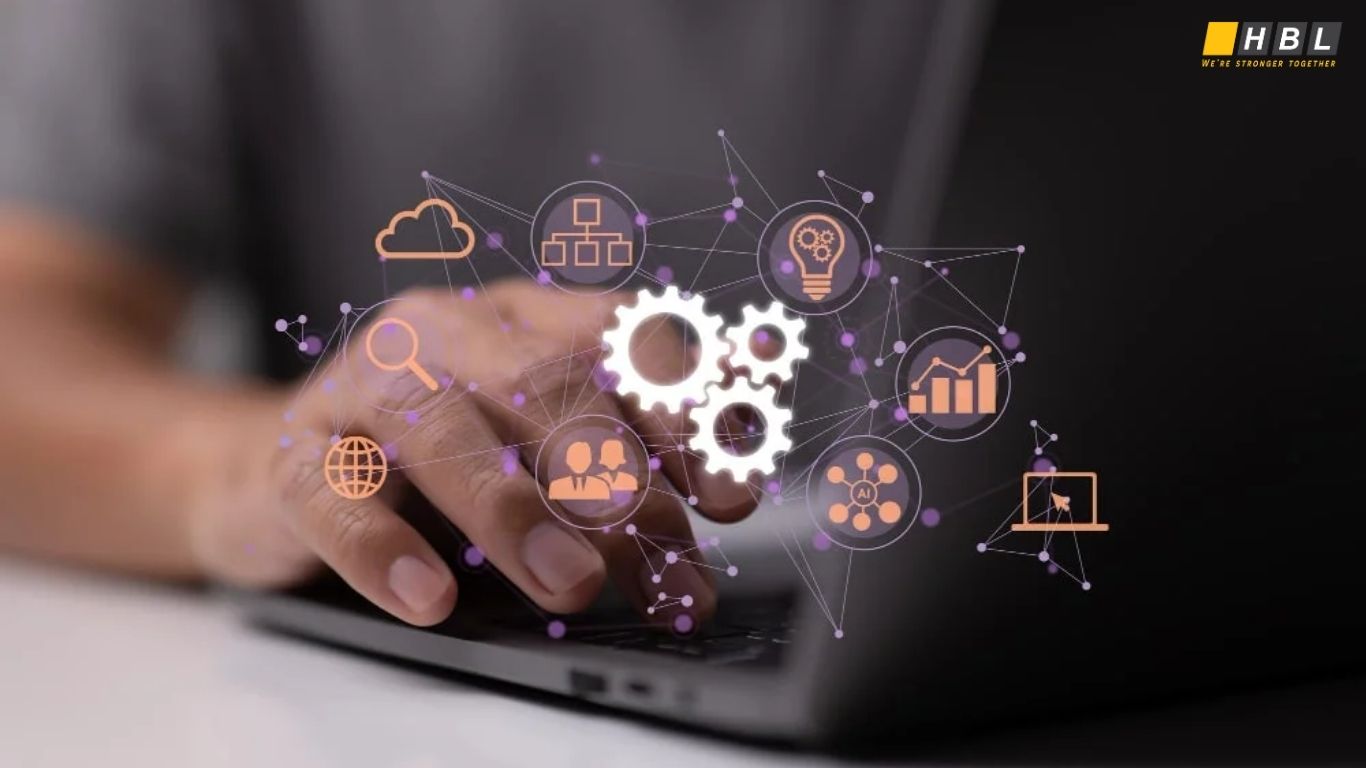
8. Best Technologies for Modernization
Cloud Platforms
- AWS
- Microsoft Azure
- Google Cloud Platform (GCP)
Languages
- Java (Spring Boot)
- .NET Core
- Node.js
- Python
Databases
- PostgreSQL
- MySQL
- MongoDB
- DynamoDB
- Cloud SQL
Architecture
- Microservices
- Serverless
- Containers
- Event-driven systems
DevOps
- Jenkins
- GitHub Actions
- GitLab CI
- Docker
- Kubernetes
9. Application Modernization Services from Legacy to Cloud: Step-by-Step Process
A complete modernization roadmap includes:
1. System Assessment
Analyze technology stack, performance, and dependencies.
2. Business Impact Evaluation
Identify modernization priorities based on ROI.
3. Architecture Planning
Design cloud-native or hybrid architecture.
4. Select Modernization Approach (7R)
5. Code Refactoring or Rewriting
Improve performance, maintainability, and security.
6. Database Modernization
Schema transformation, replication, cloud migration.
7. API Enablement
Expose legacy logic through APIs.
8. UI/UX Redesign
Improve usability and customer experience.
Deploy to AWS, Azure, or GCP.
10. Testing
Regression, performance, security, and integration testing.
11. Go-Live & Optimization
Monitor performance and optimize continuously.
10. Key Challenges in Legacy Application Modernization
- Complex dependencies
- Lack of documentation
- Data migration risks
- Integration with old systems
- Downtime concerns
- Resistance to change
- Cost estimation issues
This is why choosing the right modernization partner is critical.
How to Choose a Leading Legacy Application Modernization Service Provider
Look for a technology partner with:
✔ Experience in large modernization projects
✔ Expertise in cloud-native architecture
✔ Strong engineering pool
✔ Security compliance
✔ Java, .NET, Python, Node.js expertise
✔ Successful case studies
✔ Flexible engagement models
✔ Ability to scale development teams quickly
✔ Cost efficiency
Many enterprises prefer outsourcing partners with a proven record in legacy modernization for global markets.
12. Why Many Enterprises Outsource Modernization to Vietnam
Vietnam is becoming a major global hub for modernization and cloud engineering due to:
- 30–50% cost savings
- Strong English-speaking engineering talent
- High-quality senior developers
- Growing AI & cloud expertise
- Mature offshore development ecosystem
- Strong compliance culture
- Advanced skills in Java, .NET, Python, microservices
Vietnam is now selected by clients from Japan, Singapore, Australia, and the U.S. for mission-critical modernization projects.
How HBLAB Delivers World-Class Legacy Application Modernization Services
HBLAB is a leading technology company specializing in legacy modernization, software development, cloud migration, and AI integration. With headquarters in Vietnam and offices in Australia, Singapore, Japan, and Korea, HBLAB supports enterprises globally.
Why Companies Choose HBLAB
- 630+ highly skilled engineers with diverse technical expertise
- 30% senior-level professionals with 5+ years of experience in complex modernization projects
- Proven experience in legacy → cloud migration across multiple industries
- Strong English communication for global collaborations
- Flexible engagement models:
- Offshore development
- Onsite engineers
- BOT (Build-Operate-Transfer)
- Dedicated teams
- Offshore development
- 30% lower cost compared to local market rates
- Compliance with CMMI Level 3 and strict security standards
- Deep expertise in:
- Java modernization
- Microservices architecture
- API & integration
- Cloud-native development
- DevOps automation
- Legacy UI/UX redesign
- High-performance enterprise systems
- Java modernization

HBLAB’s Modernization Services Include
- Legacy system assessment
- Cloud migration roadmap
- Application refactoring
- Replatforming to cloud services
- Rewriting into modern architectures
- Database modernization
- Microservices transformation
- Containerization (Docker, Kubernetes)
- CI/CD pipeline integration
- Ongoing maintenance & support
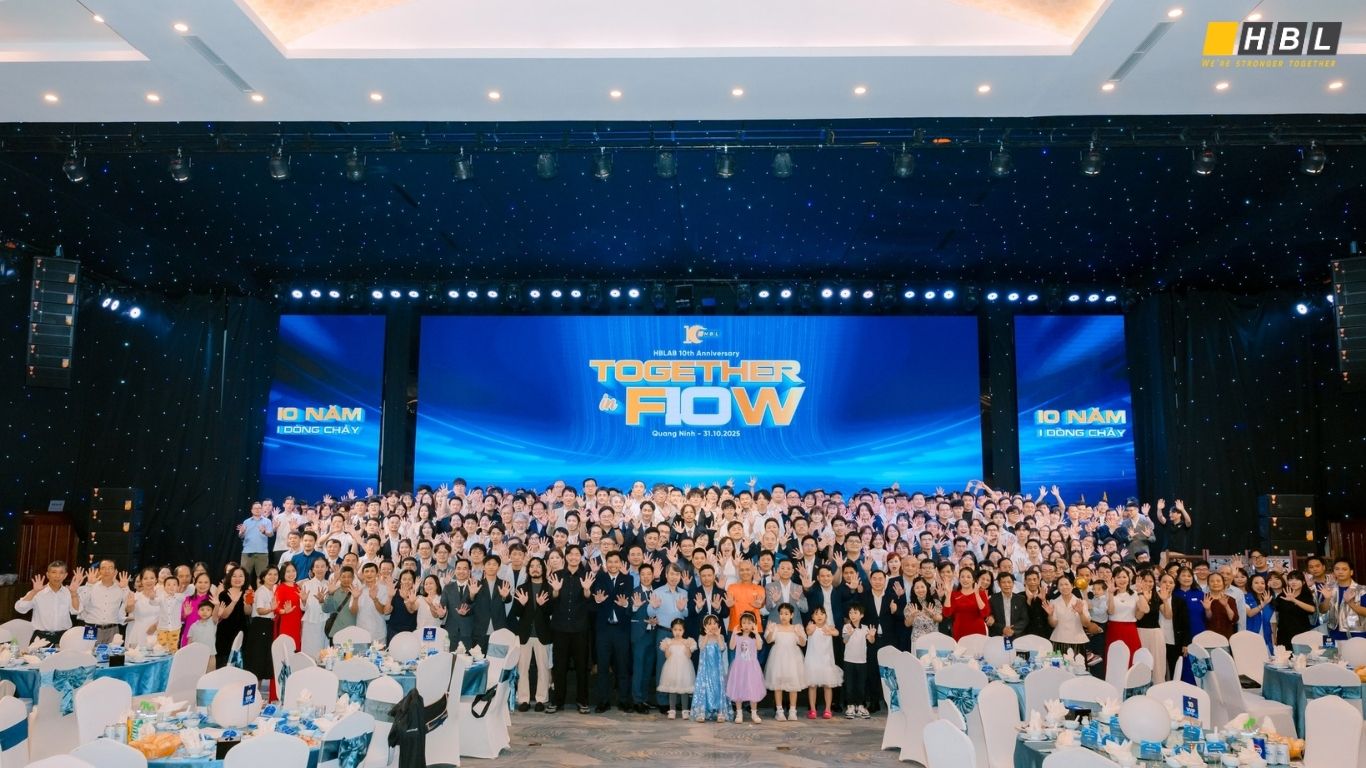
Whether your organization needs cloud-based legacy application migration and modernization services, modern Java development, or a complete rewrite of outdated systems, HBLAB provides the engineering power and cost-effectiveness to accelerate your transformation.
FAQs
- What are legacy application modernization services?
They involve upgrading outdated systems to modern architectures and cloud platforms.
- Why should I modernize my legacy system?
To improve performance, reduce maintenance cost, and adopt new technologies.
- How long does modernization take?
Anywhere from 3 to 18 months depending on system complexity.
- Which modernization approach is best?
Depends on business needs—options include rehosting, replatforming, refactoring, or rebuilding.
- Can HBLAB modernize legacy Java or .NET systems?
Yes—HBLAB is experienced in both technologies, including microservices and cloud architectures.
Conclusion
Legacy systems are no longer sustainable in today’s fast-paced digital world. Legacy application modernization services enable organizations to unlock performance, scalability, security, and innovation by transitioning from outdated systems to modern cloud-native architectures.
With expertise across cloud migration, modernization frameworks, Java microservices, and enterprise development, HBLAB stands as a trusted partner for companies seeking reliable, cost-effective modernization.
If you’re exploring modernization options or preparing to migrate from a legacy system to the cloud, HBLAB delivers the engineering talent, security compliance, and global presence needed to achieve long-term success.
Read more:
– Trusted Data Solutions: Building the Foundation for Enterprise Success
– Cloud Solutions for Businesses: Proven Implementation Guide
– Manufacturing ERP Software: A Complete Guide for Modern Manufacturers
